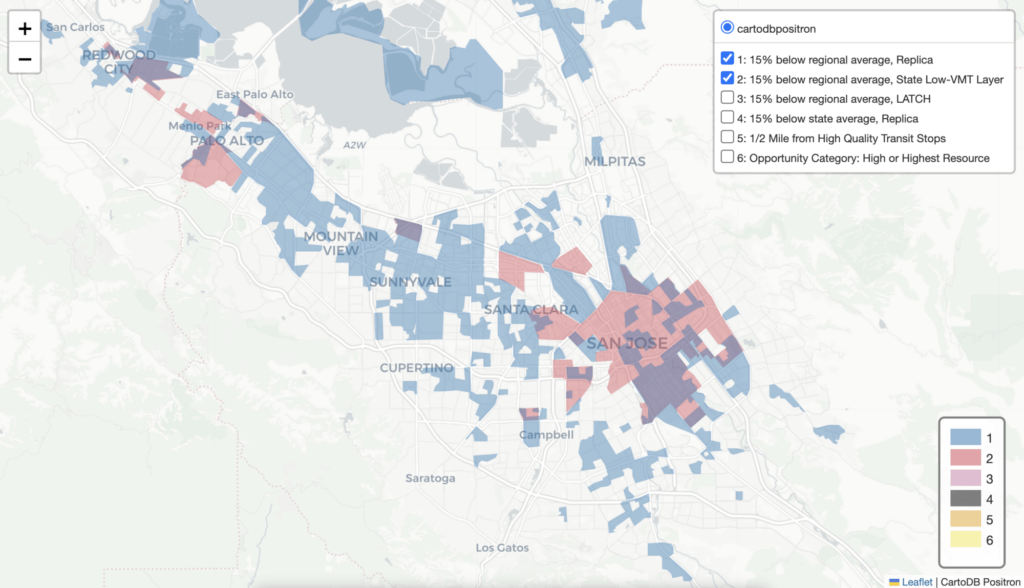The First Step Is The Hardest: California’s Sliding Homeownership Ladder
Published On May 4, 2023
In recent decades, it has become more difficult for California households to move up the rungs of the “homeownership ladder” from renting to owning with a mortgage and eventually owning outright. A new research paper The First Step Is The Hardest: California’s Sliding Homeownership Ladder from the Terner Center examines the erosion of access to homeownership and the role that rising housing prices play in the ability of California households to afford a home.
The study finds that the homeownership rate in California has declined from around 50 percent in 2000 to around 44 percent in 2021, with younger Californians aged 35-45 experiencing the steepest decrease. The share of adults who own their home in California is more than 15 percentage points lower than the rest of the country, the widest the gap has ever been.
While many factors—including delays in marriage and having children—may contribute to the desire to own a home, the report finds that the primary reason for the homeownership gap is the financial inability of households to afford one. The report’s modeling indicates that if, for example, new homes had been constructed in quantities such that housing prices in California had increased only at the same rates as rates in the rest of the U.S. from 2000 to 2021, 48 percent of the decline in homeownership could have been prevented.
To broaden the availability of homeownership opportunities, a multifaceted approach is needed, with a primary focus on boosting housing supply. This could involve implementing various strategies, such as ramping up the production of “missing middle” homes, which are frequently more affordable than comparable single-family homes. Additionally, the state should prioritize and improve programs that assist homebuyers through shared equity and financial assistance, particularly with an aim to redress historic discrimination and racial disparities in homeownership access.





